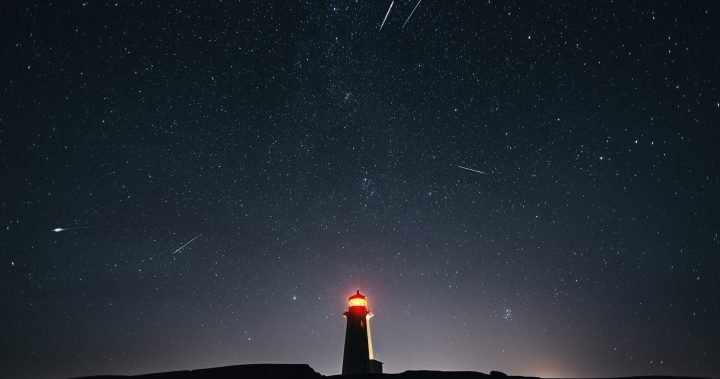Stargazers in the northern hemisphere have an exciting opportunity this weekend as the peak of the Perseid meteor shower coincides with the new moon, creating a particularly dark backdrop for the light show. Simply going outside and looking up will be enough to witness the spectacle on Saturday night and Sunday morning, but for the best experience, the Global Meteor Network has some tips.
According to Denis Vida, project lead and a meteor physics group postdoctoral associate at Western University, finding a location with minimal light is key. He suggests turning off your phone and avoiding bright lights for at least 10 minutes before looking up at the sky to allow your eyes to adjust to darkness. This will enable you to fully appreciate the stars and the number of meteors you see.
Fortunately, this year the Perseids coincide with the new moon, meaning the moon will be completely absent from the night sky. Last year, the full moon washed out the Perseids, but this year’s conditions are ideal for viewing the meteor shower.
To spot the Perseids, look for the radiant, which is the point in the sky from which the meteors appear to originate. In the case of the Perseids, the radiant is in the constellation Perseus. While you can see the meteors anywhere in the night sky, the best location is usually about 45 degrees off the radiant. One well-known constellation that falls within this range is the Big Dipper.
The Perseid meteor shower lasts about two weeks, with the peak viewing period occurring this weekend. The best time to view the shower is after 10 p.m. on Saturday, August 12, and before 3 a.m. on Sunday, August 13. The Global Meteor Network has created a website that provides a dial indicating the expected meteor activity per hour under ideal conditions in the next 24 hours.
It’s important to note that Perseids can occasionally have unexpected bursts of activity. In 2021, there was an unexpected peak of up to 300 meteors per hour, which is three times the typical peak viewing rate.
Meteors are actually tiny particles, about the size of a grain of sand, that enter Earth’s atmosphere at hypersonic speeds. They vaporize rock upon entry, creating the visible streaks of light in the sky. While small, meteors can be dangerous, posing a risk to astronauts during spacewalks. The Global Meteor Network monitors meteor showers to make accurate predictions and provide data to NASA for space mission planning.

